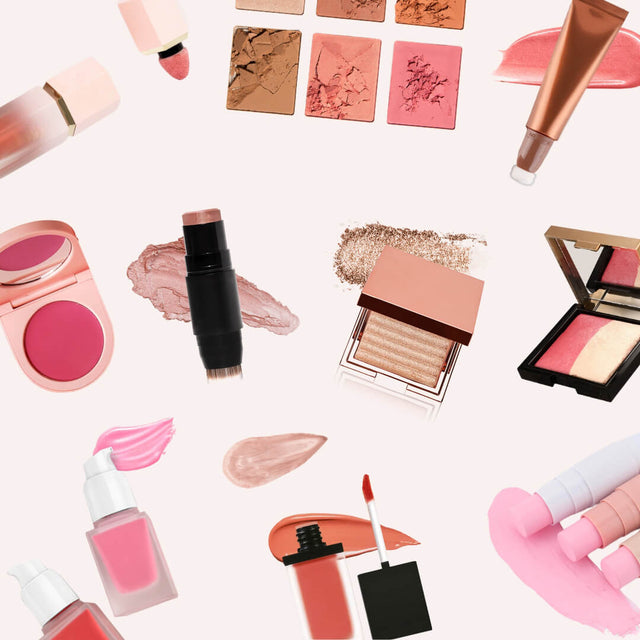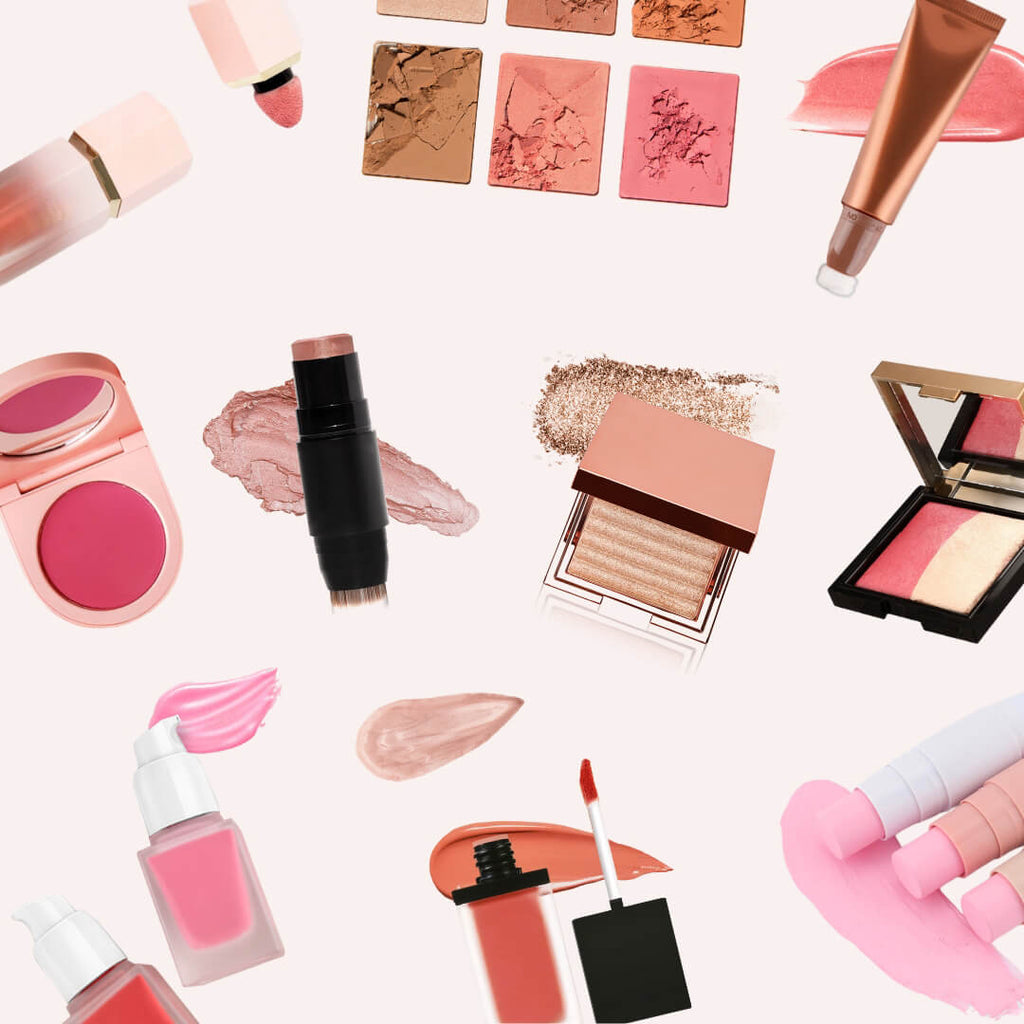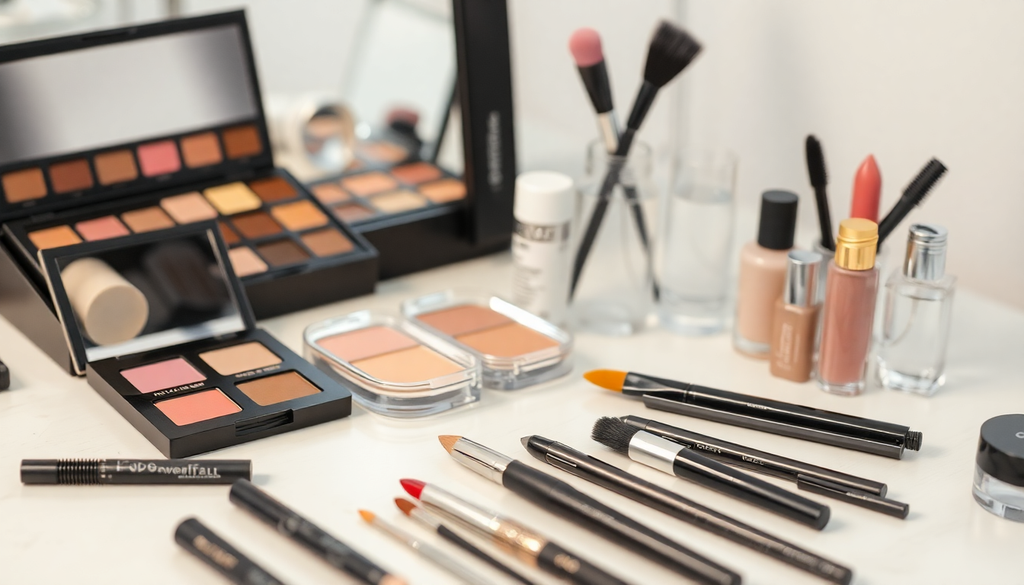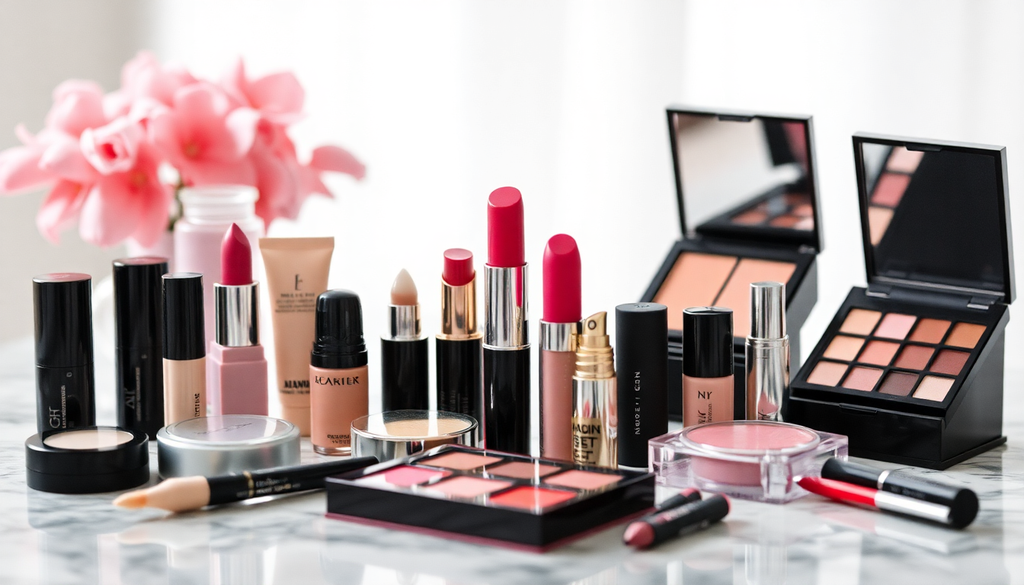
Unlocking Global Markets: A Step-by-Step Guide to Launching Your Makeup Brand with Custom Packaging and Innovative Products in 2025
Introduction
As we progress into 2025, the beauty industry is poised for transformation, with emerging trends and consumer preferences reshaping the landscape. Launching a makeup brand today is not just about creating products; it involves understanding global markets, innovative formulations, and effective branding strategies. This comprehensive guide will equip you with the essential steps to successfully launch your makeup brand with custom packaging and innovative products, while navigating the complexities of various international markets.
Step 1: Understanding Global Market Regulations
The first step in launching your makeup brand is to familiarize yourself with the regulatory requirements in different countries. Each market has its unique set of rules governing cosmetic products, and compliance is crucial for your brand’s success.
-
United States: The FDA regulates cosmetics under the Federal Food, Drug, and Cosmetic Act. Key requirements include:
- Proper ingredient labeling, including all active and inactive components.
- Adherence to the Fair Packaging and Labeling Act, which mandates accurate product information.
- Registration of your manufacturing facility if you are producing the products domestically.
-
European Union: The EU is known for its stringent regulations. Key points include:
- Compliance with the Cosmetics Regulation (EC) No 1223/2009, which outlines safety assessments and labeling requirements.
- Registration of products in the Cosmetic Products Notification Portal (CPNP).
- Understanding the REACH regulations that govern the use of chemicals in cosmetics.
-
Australia: The Therapeutic Goods Administration (TGA) oversees cosmetic regulations. Important aspects include:
- Compliance with the Australian Standards for cosmetics.
- Labeling requirements that must be met for consumer safety.
- Understanding the differences between cosmetics and therapeutic goods.
-
Canada: Health Canada regulates cosmetics under the Food and Drugs Act. Consider:
- Proper labeling, including the identity, net quantity, and ingredient list.
- Registration of your cosmetic products through the Cosmetic Notification System (CNS).
- Keeping abreast of any changes in regulations or guidelines.
-
Asia-Pacific Region: This region has diverse regulatory frameworks. Notable examples include:
- Japan: The Pharmaceuticals and Medical Devices Agency (PMDA) oversees cosmetics. Brands must ensure compliance with local safety and labeling regulations.
- South Korea: The Ministry of Food and Drug Safety (MFDS) requires product registration and compliance with local standards.
- China: If you plan to enter the Chinese market, be aware of the animal testing requirements, which are gradually changing but still impact many international brands.
Step 2: Sourcing Ingredients and Manufacturing
After understanding the regulations, the next crucial step is sourcing high-quality ingredients and locating a reliable manufacturer. The quality of your products hinges on these choices. Here are some strategies to consider:
-
Research Suppliers: Look for suppliers who focus on innovative and trendy ingredients. Incorporate trending elements like:
- Plant-based extracts that cater to the increasing demand for clean beauty.
- Sustainable and ethically sourced materials that resonate with environmentally conscious consumers.
- Unique pigments and formulations that offer long-lasting wear and vibrant colors.
-
Choosing a Manufacturer: Selecting a manufacturer is critical. Consider the following:
- Review their certifications and compliance with international manufacturing standards.
- Request samples to assess product quality before committing to larger orders.
- Evaluate their production capacity to ensure they can meet your demand as your business grows.
Step 3: Custom Packaging Design
In 2025, packaging is more than just a protective layer; it’s a vital part of your brand identity. Effective packaging can attract consumers and enhance their experience. Here are some trends and tips to consider:
-
Sustainability: Consumers are increasingly seeking eco-friendly options. Consider:
- Using biodegradable packaging materials to minimize environmental impact.
- Incorporating refillable options that encourage sustainability and reduce waste.
-
Innovative Designs: Stand out from the crowd with unique packaging:
- Experiment with different shapes and sizes that provide functional benefits.
- Invest in eye-catching artwork and branding that reflects your brand’s aesthetic.
-
Personalization: Offer customizable packaging options, such as:
- Engraved initials or names for a personal touch.
- Seasonal or limited-edition designs that create urgency and excitement.
Step 4: Setting Up an Online Store
In the digital age, an online store is essential for reaching customers globally. Here’s how to effectively set up your online presence:
-
Choose the Right E-commerce Platform: Select a platform that aligns with your needs, such as:
- Shopify: Known for its user-friendly interface and extensive app integrations.
- WooCommerce: A customizable option for those familiar with WordPress.
- BigCommerce: Offers robust features for scaling your online store.
-
Enhance User Experience: Focus on creating a seamless shopping experience:
- Design an intuitive layout that makes navigation easy for customers.
- Implement high-quality product images and videos to showcase your products effectively.
-
Implement SEO Best Practices: Optimize your website for search engines:
- Utilize relevant keywords in product descriptions, blog posts, and meta tags.
- Create valuable content that answers customer questions and positions your brand as an authority.
-
Secure Payment Options: Build customer trust by offering secure payment gateways:
- Include options like credit cards, PayPal, and emerging digital wallets.
- Ensure compliance with data protection regulations to safeguard customer information.
Step 5: Marketing Your Makeup Brand
Effective marketing is key to your brand's visibility and success. Here are several strategies to enhance your brand presence:
-
Social Media Marketing: Leverage popular platforms to connect with your audience:
- Instagram: Use visually appealing posts, Stories, and Reels to showcase your products.
- TikTok: Create engaging short videos that highlight product usage and tutorials.
- Pinterest: Share creative makeup looks and tutorials to inspire potential customers.
-
Influencer Collaborations: Partner with beauty influencers to gain credibility and reach new audiences:
- Identify influencers who align with your brand values and aesthetics.
- Offer sponsored posts, product reviews, and affiliate partnerships.
-
Content Marketing: Establish your brand as an authority in the makeup industry:
- Create blogs, tutorials, and how-to guides that educate your audience on makeup application and trends.
- Utilize email newsletters to share valuable content and product updates.
-
Paid Advertising: Consider using targeted ads to reach potential customers:
- Utilize platforms like Facebook and Instagram for highly targeted advertising campaigns.
- Experiment with Google Ads to improve your online visibility.
Step 6: Leveraging Trends in the Makeup Industry
Staying ahead in the makeup industry requires an understanding of current trends. As of 2025, here are some key trends to consider incorporating into your brand:
-
Clean Beauty: The demand for clean, non-toxic products continues to rise. Consider:
- Formulating products free from harmful chemicals, parabens, and sulfates.
- Clearly labeling your products to highlight their clean credentials.
-
Diversity and Inclusivity: Consumers are looking for brands that represent diversity. Ensure your product range is inclusive by:
- Offering a wide range of shades that cater to different skin tones.
- Incorporating diverse models in your marketing campaigns.
-
Customized Products: Personalization is becoming a significant trend, with consumers seeking products tailored to their individual needs. Consider:
- Offering customizable foundation shades or tailored skincare options.
- Implementing quizzes on your website to help customers select the right products.
- Virtual Try-Ons: Utilize augmented reality (AR) technology to allow customers to virtually try on products before purchasing. This can enhance the shopping experience and reduce return rates.
Step 7: Building a Brand Community
Creating a loyal customer base is essential for long-term success. Here’s how to foster a brand community:
- Engagement: Interact with your customers through social media, responding to comments and messages promptly. Consider hosting live Q&A sessions to engage directly with your audience.
- Brand Ambassadors: Develop a brand ambassador program to incentivize loyal customers to promote your products and share their experiences.
- Feedback Loop: Encourage customer feedback and use it to improve your products and services. Consider conducting surveys and soliciting reviews to gather insights.
Conclusion
Launching a makeup brand in 2025 presents both challenges and opportunities. By understanding global regulations, sourcing high-quality ingredients, designing innovative packaging, establishing a strong online presence, and implementing effective marketing strategies, you can successfully unlock global markets for your makeup brand. Stay attuned to industry trends and continuously engage with your audience to ensure your brand's growth and sustainability in the competitive beauty landscape. The journey may be complex, but with the right strategies in place, your dream of launching a successful makeup brand can become a reality.




